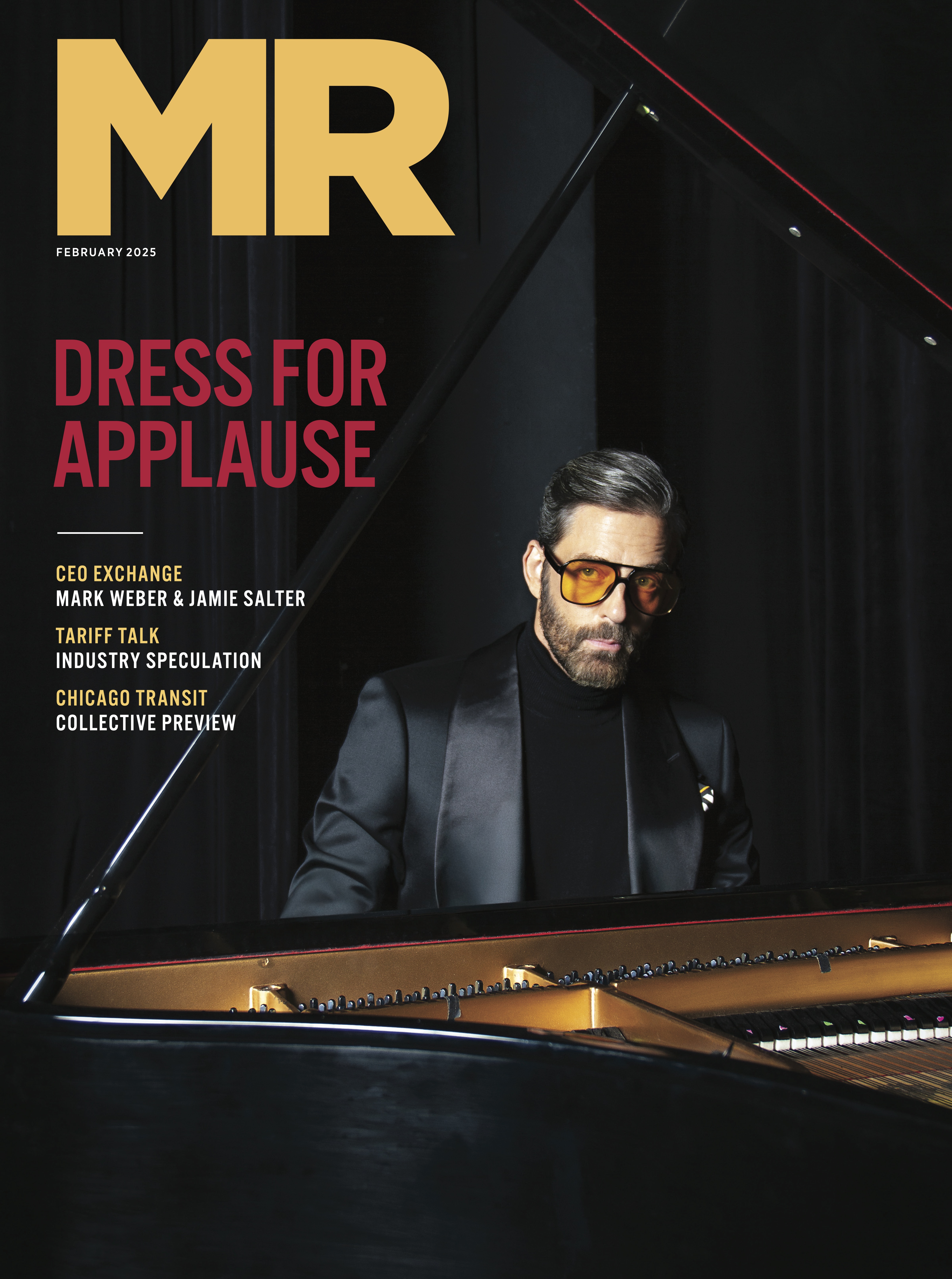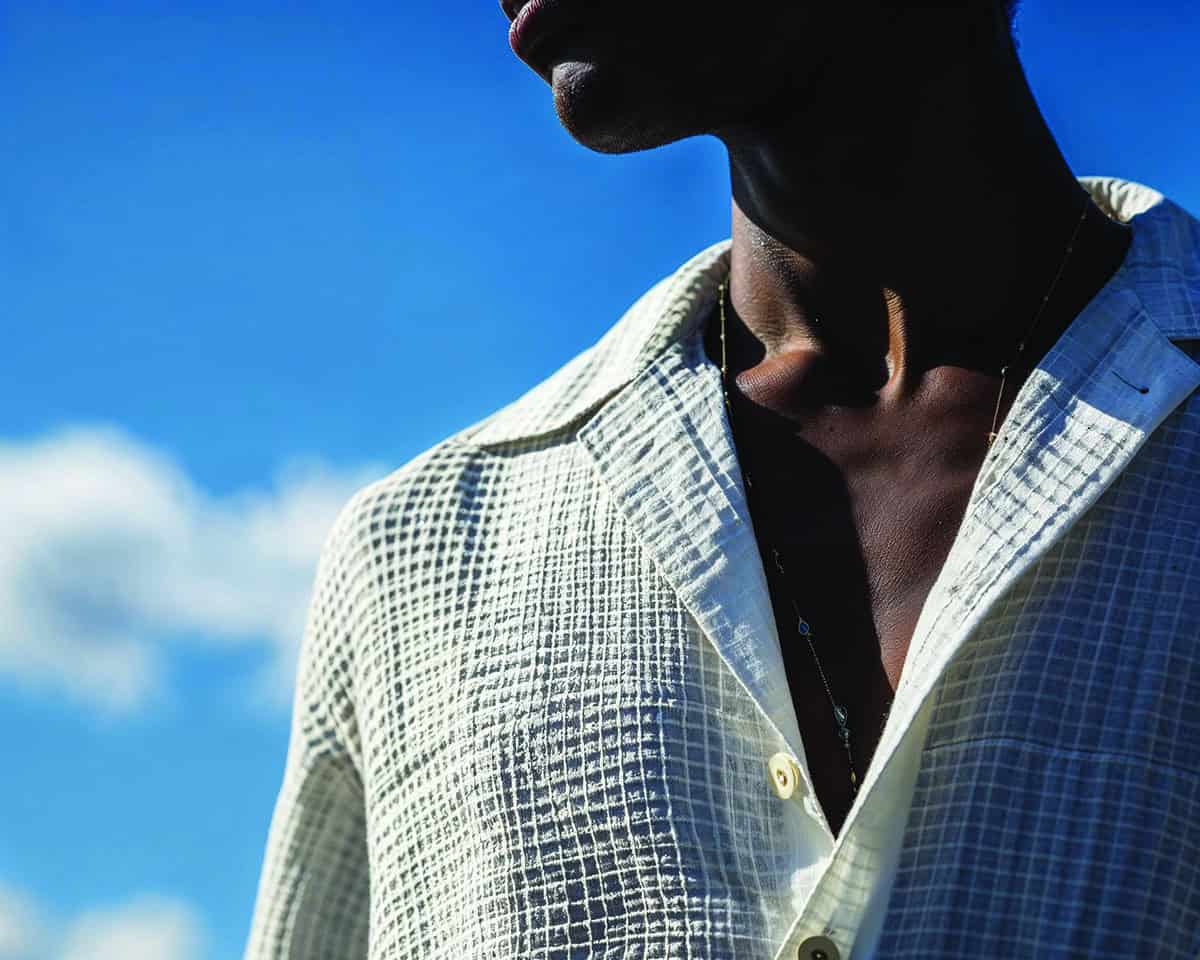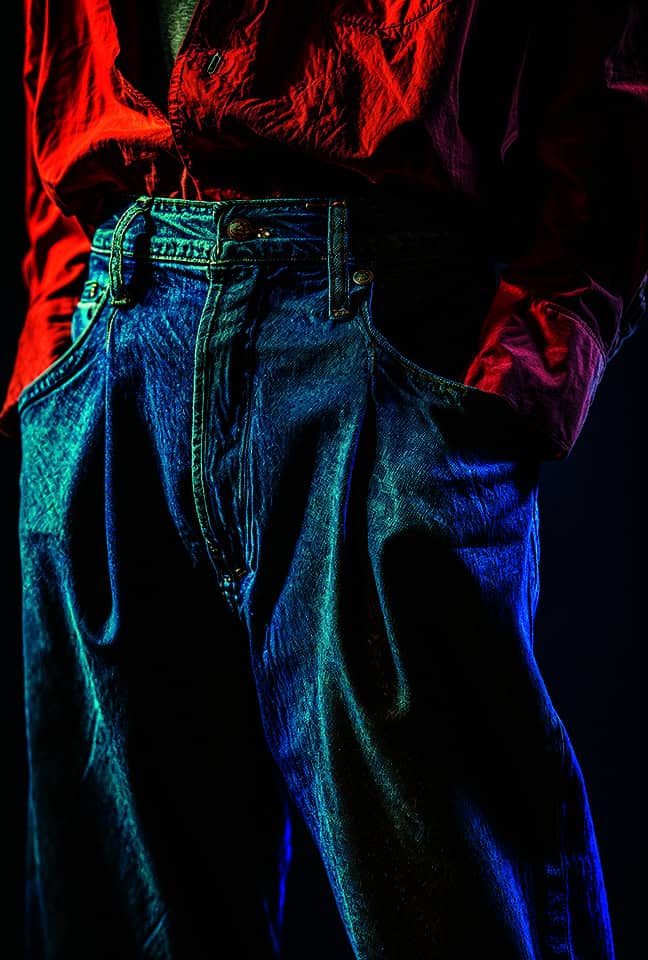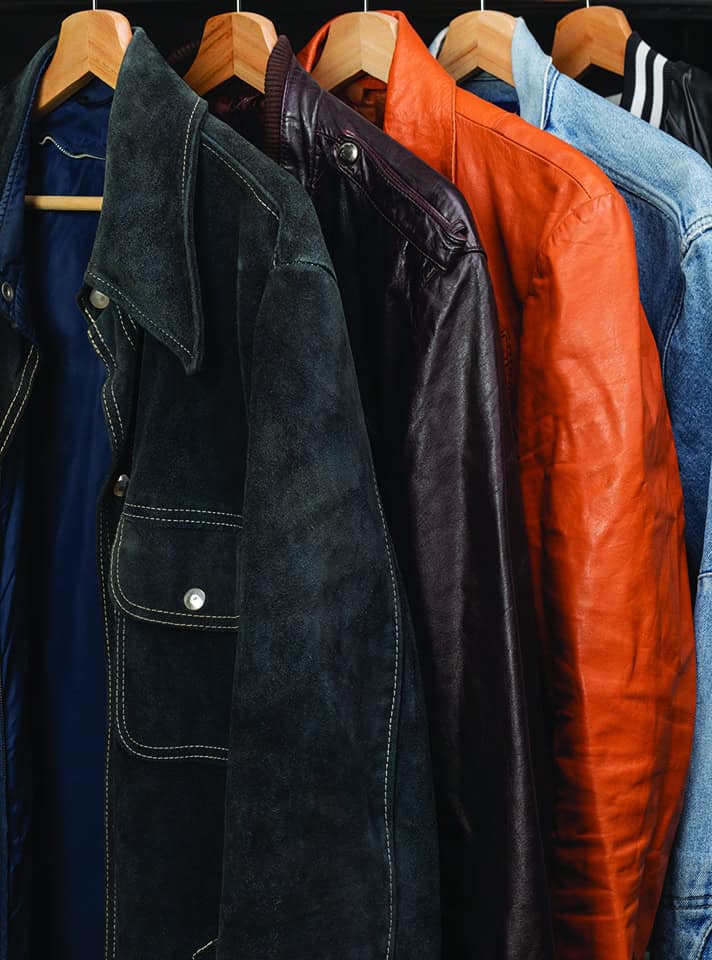SPONSORED CONTENT: MMGNET ATTRACTS RETAILERS WITH ITS 2024 OUTLOOK ON CONSUMER SPENDING

MMGNET Group, formerly Informa Markets Fashion, has leveraged its decades of experience working with retailers and brands to create new tools for the fashion industry. With the recent launch of a new parent brand, MMGNET, the brand’s goal as a fashion industry resource is to provide industry professionals with access to new and exclusively available information, such as market insights reports, seasonal trend forecasting, and business resource guides. As part of this, MMGNET recently launched a 2024 US Fashion Consumer Outlook Report. Here at MR, we believe that presenting trusted information like this is essential to the service we provide to the US menswear market and are proud to share it with you.
This exclusive report, which provides both qualitative and quantitative insights to companies looking to target US consumers in 2024 is based on a survey of over 1200 US consumers along with exclusive expert interviews with fashion industry professionals. It offers an authoritative view of fashion consumer preferences that will define the US fashion market in the year ahead and beyond. We have highlighted some of the key elements below, but encourage everyone to download and read the full report. (The link to the full report is at the end of this article.)
 Some Of The Big Numbers
Some Of The Big Numbers
76% of US consumers say they plan to spend as much or more on fashion in 2024 compared to 2023.
Fashion was one of the top 5 categories that consumers indicated they would be spending on, along with dining out, travel, beauty/grooming, and electronics.
These two data points show that while fashion spending will increase despite economic pressures, along with the area’s consumers indicating their top spend, point towards the ongoing and growing theme of hybrid lifestyles – which will translate into a rise across categories within fashion to support versatile dressing. The consumer is still spending on fashion, but in this new world of work hybrids, men especially need guidance on the items they need in their wardrobes and what to purchase.
88% of surveyed brands say direct online sales will increase as a contribution to overall sales— compared to 71% for direct store-based sales.
Having an engaging online presence across multiple platforms is essential for retailers today, you want to meet your customers on the platforms they frequent, this might mean associates making a Tik-Tok when new deliveries land on your sales floor or posting promotions on Instagram, all that link back to your website. Social media is key to driving online sales, and while online is growing, in-store sales will remain dominant, with 60% of all sales occurring in-store versus 50% online, meaning an omnichannel approach is a necessity, not a nice to have.
70% of surveyed brands — and 59% of retailers — say they expect quiet luxury to increase as a percentage of total industry sales in 2024.
Quiet luxury is more than just a trend; it is the natural swing of the fashion pendulum, turning away from all of the logos and “look at me” apparel that was so prevalent in previous seasons. Sub-trends of Quiet Luxury like “Old Money Style” and “Corp Core” have also sprung up in the menswear world.
 Denim Is Not Dead
Denim Is Not Dead
All surveyed men in the 25—55+ demographic said that they would shop for jeans versus any other bottoms. The only exception was the 18-24 group, who said they would shop for other styles (non-denim).
While it might seem that the American love affair with denim had cooled down, with sweats, joggers, and other more casual style bottoms occupying the fashion conversation for the past few seasons, most surveyed men said they were going to buy jeans this year. This reinforces that denim should not be viewed as a “trend item,” such as when new cuts and washes become popular, but as a staple for men’s wardrobes and should always be in stock with a strong assortment and full size runs.
 Athleisure Is Still Working Out
Athleisure Is Still Working Out
Athleisure and workout clothing demand is most prominent among men aged 45-54.
Brands like Vuori, Everlane, and Lululemon have evolved over the past few years from strictly gym wear to seamlessly incorporated into every man’s wardrobe. Commuter trains and subway cars are filled with men wearing stretch pants and fleece vests, and that demand continues, especially for the 45-54 age group. Retailers want to make sure they have the brands and key items they want to purchase.
Fashion Meets Function
Approximately 30% of men are interested in purchasing outdoor and workwear boots.
This highlights the market’s appetite for brands that seamlessly blend fashion and function across diverse consumer lifestyles. These boots might never touch a hiking trail in their lives, just be worn around the city or suburbs, but men want to know the brands they wear have technical attributes—even for styles worn every day.
 Resale On The Radar
Resale On The Radar
Overall, shoppers are most likely to donate, hand down, or throw away used garments – however, younger consumers over-index on resale
Don’t underestimate the growing popularity of resale. Brands such as Patagonia, J. Crew, Coach, and Levis all offer re-sale on their websites., and while 61% of people surveyed plan to donate their used clothing to charity shops, younger consumers, especially 18-34 years olds over-index when it comes to intention to sell their used clothes; be it via a thrift store, peer-to-peer resale platform or a brand’s own resale platform. Once they realize people are making money from their old clothes, expect to see these numbers change dramatically. Maybe testing a re-sale corner in your store or on your website is not a bad idea, especially for those whose target audience is younger customers.
The points we discuss above just scratch the surface of the valuable insights offered in this report into consumers’ spending intentions in 2024 and beyond. We encourage you to download and read the full report (available for download here), use it as a tool in your planning, and follow MMGNET for other helpful resources.



 Some Of The Big Numbers
Some Of The Big Numbers Denim Is Not Dead
Denim Is Not Dead Athleisure Is Still Working Out
Athleisure Is Still Working Out Resale On The Radar
Resale On The Radar